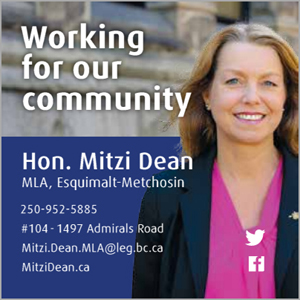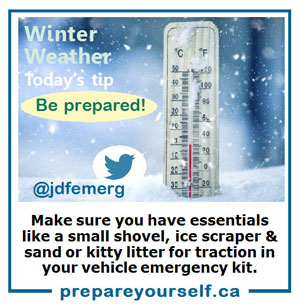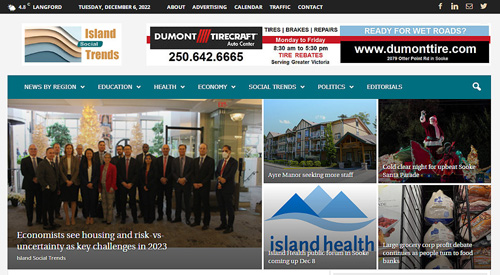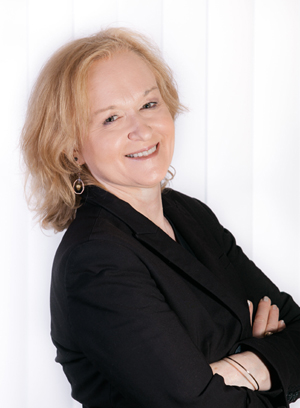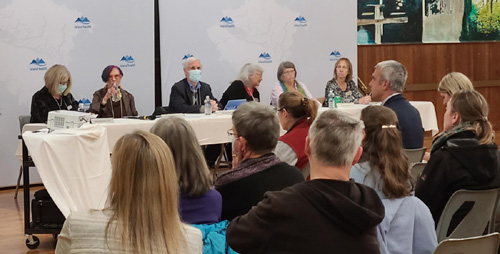
Monday December 12, 2022 | SOOKE, BC [Updated December 13, 2022]
by Mary P Brooke | Island Social Trends
The Island Health Board of Directors hosted an in-person Public Forum in Sooke on Thursday December 8. That was after holding a morning of meetings with partners and stakeholders.
The livestreamed afternoon session ran long, taking two hours (instead of 1.5 hours) for presentations and questions from the public at Sooke Community Hall. Although billed as a public forum (not a board meeting) the public portion was relatively short. The audience included about 40 local folks (residents and reps of various organizations) as well as many staff and a substantial audio/tech team.

Board chair Leah Hollins introduced Island Health, overall, as a health authority that strives for “transparency and accessibility”, available to “everyone, everywhere, every time”.
CEO’s presentation:
Island Health President & CEO Kathy MacNeil provided an update on health and care delivery. Island Health is aiming for “flexible and adaptive care models”, said MacNeil. The health authority’s annual budget is about $3 billion.

MacNeil said that “human resources challenges are significant” but that “sustainability of the workforce is front and centre”. She said that “tone and work culture” are important, with “learning and career pathways” being part of the improved success for Island Health workers.
Island Health hopes to build a “competitive talent program” for drawing talented professionals to the health authority that currently operates seven urgent primary care centres and three community health centres. There are six medical health officers and 2,900 medical staff.
A recruitment and marketing component is underway. Since September of this year 1,153 “new people” have been hired, said MacNeil. That includes 210 nurses and 86 allied health workers (including five in the west shore and Sooke).
Settlement and support policies are being reviewed and adapted as part of “onboarding and the candidate experience”.
Thinking differently:
“We need to think differently about how we organize and deliver our success,” the MacNeil said. The CEO noted that partners in running Island Health include the provincial government, communities and care partners.
Virtual delivery of health care “started with the pandemic” and looks like it will continue in various ways. But the Island Health CEO noted that some patients are preferring phone calls to virtual (online) visits. Meeting the need for medical care in rural areas is part of continuing to utilize the Island Health telehealth system.
Virtual interpretation — for patients who are deaf and blind — is part of the ongoing work.
“Improving patient self-management” is an Island Health goal.
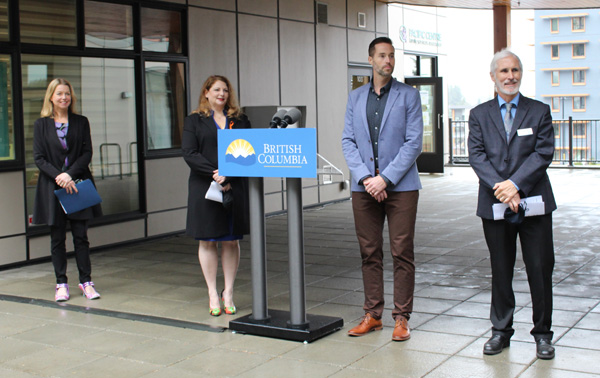
Island Health is “reaching care goals by removing some of the barriers to access”, said MacNeil, who stated that “we hold the work of today and tomorrow at the same time”.
Partnerships:
MacNeil said that health and health care are about relationships and partnerships. This being a meeting in Sooke, she mentioned the Island Health partnerships with T’Sou-ke Nation, Sooke Region Community Health Network (SRCHN), Sooke Family Resource Society (SFRS), Sooke Shelter Society, West Coast Family Medical Clinic (doctor-owned), and the Sooke and Juan de Fuca Health Foundation, as well as the District of Sooke, Sooke School District 62 (SD62), the Sooke Region Chamber of Commerce, and Ayre Manor Seniors’ Housing (including hospice).

Employee work locations and hours:
There are three urgent primary care centres (UPCCs) in the Greater Victoria area (in Langford, Esquimalt, and James Bay), a health centre (in Colwood), and a physician-owned medical clinic (in Sooke). The UPCC in Langford is piloting a self-scheduling process.
“Sustainability of the workforce is front and centre,” said MacNeil. Options liked “adapted work locations”, duration of work period, level of intensity and hours are factors being modified where possible.
The patient load:
There are 1,800 acute care beds in Island Health (up from about 1,550 in 2019). In the past year emergency departments have seen 491,000 visits, there have been 73,165 surgeries, 59,000 MRI’s done, and 152,000 CT scans done, as well as about 51,000 urgent and primary care visits and 463,000 home health care visits.
Island Health in the past year has done 2,000 inspections of child care facilities, 600,000 inspections of long term care facilities, and 4,500 inspections of food services facilities around Vancouver Island.
West shore and Sooke profile:
What’s unusual about Sooke is the intense organization around health care delivery, despite that being a provincial responsibility. Part of that is the remote location of Sooke beyond the main Greater Victoria area; over the years they’ve had to develop their own style of community resilience.
Uniquely, the medical health clinic in Sooke is owned and operated by a group of doctors who’ve long been resident in or based in Sooke. Now there is a grant application in (by the Sooke and Juan de Fuca Health Foundation) to create a true drop-in urgent primary care clinic, to provide health services beyond the patient base maintained at the West coast Family Medical Clinic.
There was a lot of mutual patting-on-the-back among the various group reps in the room. It’s almost as if the session was more of a promo to the local public (particularly via the livestream) as well as anyone listening who might be involved in grant approvals that are in process.
Although District of Sooke Mayor Maja Tait was heralded at Thursday’s event for her leadership in the Sooke region health initiatives, she was not in attendance (compared to 2016 when she chaired a similar Island Health forum at Sooke Community Hall). District of Sooke Councillor Jeff Bateman did attend, but he was not one of the speakers.
Dr Fyfe’s presentation:
Local Medical Health Officer Dr. Murray Fyfe gave an update on public health and wellness, with some data specific to Sooke and the west shore.
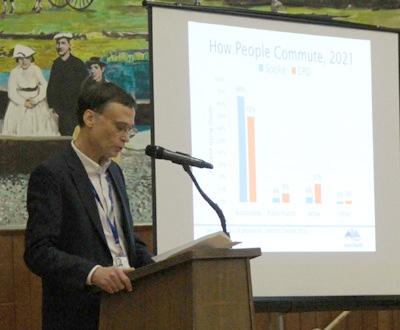
Notably, Dr Fyfe reported that “anxiety disorders and depression” are statistically higher in “the west shore and Sooke”. Though It should be noted that the west shore (primarily Langford and Colwood) and Sooke communities have very different demographics and socioeconomic profiles.
Notably, in Sooke many working adults head out of town (to Langford, Saanich, Victoria, and beyond) each day for employment — this contributes to stressors on youth who are left in an isolated geographic location for much of the day, with their parents’ focus (and availability) placed elsewhere.
Dr Fyfe did note that residents of Sooke are more like to use vehicle transportation than ‘active transportation’ (walking and cycling). This is directly tied to the remote location of Sooke from the main economic centres of Greater Victoria, and generally the overall rural lifestyle.
Meanwhile, Dr Fyfe said that substance use crisis is “preventable through changes in lifestyle and risk behaviour”. The social determinants of health (such as income, social supports, housing) have impact, as well as “experiences in early childhood”. Island Health is already seeing a “level of vulnerability in Kindergarten children in BC”.
In Sooke and the west shore the vulnerability of children is “toward the lower end” compared to other areas of the province, said Dr Fyfe.
With stats from local surveys and the province-wide COVID-19 SPEAK surveys (by BC Health and the BC Centre for Disease Control), the health authority can drill down to the level of “community and neighbourhoods” where people are “more vulnerable”. This sounds attentive, but it’s certainly no surprise that lower income and challenges for employment and housing are impactful on people’s lives and children’s well-being.
Another BC-wide SPEAK survey is coming up in the new year, said Dr Fyfe.
Dr Fyfe was interim chief medical health officer this year after Dr Richard Stanwick retired, until Dr Réka Gustafson came on board as Island Health’s chief medical health officer in November.
COVID and flu season:
Dr Fyfe noted that “COVID is with us for the long term now” but that infection is “less likely to be severe” due to vaccination and overall population immunity levels. He expects to see this winter’s respiratory season’s COVID peak in February 2023.
He noted two key secondary impacts of COVID being social isolation (including a worsening of mental health) and interruptions to education.
Presently there is a surge in illness due to respiratory viruses “this fall and winter”, notably with strains of Influenza A. Increases in the west shore and Sooke have been seen earlier this year, at levels higher than in the last 10 years, said Fyfe.
He recommends the flu vaccine for everyone, particularly for children right now.
Sooke health trends:
Sooke deals with being 35 km away from a major hospital (Victoria General Hospital) generally only accessible on the one-way-in/out on Highway 14.

Sooke has a medical health clinic owned by local doctors who practice there. The West Coast Family Medical Clinic receives BC government funding for staff and other expenses, as announced in 2019. For Sooke residents this may have buffered the shortage of family doctors that is seen around BC (presently about one million, meaning 20% of people in BC are without a family doctor).
Back in 2016 when Dr Richard Stanwick was Island Health’s top doctor, he stated at the public forum held at Sooke Community Hall that year, that statistically women in Sooke die at the youngest age of all women in BC. He boldly and openly attributed that to the men in those women’s lives, backed with data. By contrast, last week Dr Fyfe reported that Sooke residents life expectancy (age 85 for women, age 80 for men) is within par for the rest of the province. “Sooke and the west shore are within the expected range for this part of the world,” said Fyfe.
The Sooke community does benefit by several local organizations that take the well-being of Sooke residents under their collective wing.
The Ayre Manor seniors facility in Sooke successfully kept COVID at bay in the early part of the pandemic (2020/2021) when other long-term care facilities were challenged with transmission of the new virus, before immunization was available.
Generally speaking, a profile of seniors in hospitals across Island Health shows that about 10 to 15 percent of those “could be better served in long term care”, said Marko Peljhan, Vice President, Pandemic Planning and Interim Vice President – Clinical Operations, South Island and Cowichan Valley.
Toxic drug crisis:
The toxic drug crisis that has been hanging darkly over BC for more than six years now was addressed at the December 8 forum in Sooke.
Dr Fyfe said that on Vancouver Island there is an increase in substance use because of social isolation (though that could arguably be further tied to employment and cost of living challenges). “Deaths continue to increase on Vancouver Island but there is a turn for the better in the west shore,” he said.
Dr Fyfe hopes for “upstream prevention, particularly for young people”. In that context he mentioned the work of The Village Initiative toward “increasing youth connection with caring supportive adults”.
Toxic substance use is high among men in the construction trades on Vancouver Island.
The Village Initiative:
Cindy Andrew of the The Village Initiative made a brief presentation on December 8, highlighting the organization’s work toward “shared use of spaces”. She said there is “an urgent need for space for service providers” and collaborative investments, noting that in many cases the “only barrier is a lack of space”.
Andrew rolled out the idea of spending “public dollars for public spaces for public good”.
The Village Initiative is involved with launching programs in a future public space at the future South Colwood Elementary School (yet to be constructed in the fast-growing Royal Bay area of Colwood).
SRCHN areas of work:
The Sooke Region Community Health Initiative (SRCHN) was featured by the group’s chair, Mary Dunn.
She noted there is no seniors drop-in center and no organizations providing services to seniors in Sooke. About 10 years ago there were some loosely-organized groups of self-motivated seniors providing meals and activities like weekly bingo.
There is a seasonal tax clinic for people on low income.
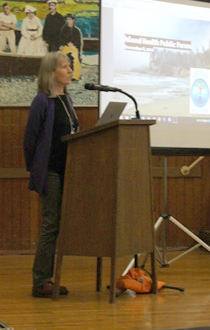
A goal is to support seniors to ‘age in place’. That’s how Ayre Manor got rolling many years ago (though that facility has shifted to long-term care and hospice as well as seniors housing).
A seniors centre with communal kitchen is proposed.
Since 2016 there has been a ‘better at home’ program to help with housekeeping, yard work and friendly visiting (no medical services). Dunn said that 20 percent of people in long-term care don’t need to be there if they have support at home.
In 2019 SRCHN oversaw an assessment on disability. In 2020 a homeless study was done, showing a number of people “on the verge” of homelessness due to a decrease in employment and an increase in the cost of living.
SRCHN notes food security issues in the Sooke community, with more people accessing services from the food bank and shelter society “because they can’t afford where they are living”.
Sooke and Juan de Fuca Health Foundation:
Dr Chris Bryant — a local dentist in Sooke — addressed the public forum in Sooke about the Sooke and Juan de Fuca Health Foundation. He says their board is diverse, and that the organization covers a wide area from Victoria to Duncan.
The group promotes self-sufficiency and well-being for the people of Sooke and the communities from Becher Bay to Port Renfrew on Vancouver Island, as well as promoting research, academic pursuits and sustainable capital investment.
Public questions to the board:
A few public questions were asked by people at the microphone.
- Points were made about the significant differences in demographics and health impacts in the west shore compared to Sooke (and whether Island Health appropriately delivers services differently to the two regions). The CEO seemed surprised to learn that social isolation of children had to do with what she rephrased as children “home alone” in Sooke, even though the transportation impediment (one road in/out of Sooke) and lack of local employment in Sooke have been known factors for decades. Even though the Sooke School District (SD62) includes both the west shore and Sooke, there is a distinct difference in educational opportunities in the small Sooke community; SD62 does try to compensate for that (for example, by offering more college-level AP courses in high school).
- The role of nutrition in maintaining good health (and perhaps a lack of attention to preventive health by Island Health) was brought up by a local grandparent and farmer. The Island Health CEO responded about the importance of a dietitian on hand at the local medical clinic, but that is quite a different delivery model than promotion of health eating within the community.
- A local Sooke resident in the audience highlighted a lack of supports for youth (noting social isolation), and that people with mental health and addiction challenges are not receiving enough support. She also noted the problems with the Infant Act which allows teens in BC as young as age 13 to receive care from the health authority without a parent’s knowledge or consent. “If a child is suffering, we’re not allowed to know about it,” said one parent. The Infant Act states that children may consent to a medical treatment on their own as long as the health care provider is sure that the treatment is in the child’s best interest, and that the child understands the details of the treatment, including risks and benefits. That even while it’s known that a child’s intellectual development and sense of consequence is not fully developed until they are young adults in their early 20s.
- And put simply, one member of the audience said “when will there be more medical services in Sooke?”, in particular asking about whether a hospital would be built in the town of population now around 15,000. That question has been asked since the early 2000s. Island Health responded that a traditional acute-care style hospital is unlikely, hence the overall emphasis of the day. i.e. the strength of local services and partnerships with a range of organizations as well as the local medical clinic.
===== RELATED:
Island Health public forum in Sooke coming up Dec 8 (December 4, 2022)
Decoupling of Langford and Sooke in proposed new BC electoral boundaries (November 22, 2022)
Worker drug-poisoning prevention led by Vancouver Island construction industry (January 13, 2022)
New Westshore Community Health Centre will ‘make a dent’ serving 6,700 patients (November 12, 2021)
No COVID at Ayre Manor in Sooke (January 13, 2021)
Two new doctors and more office space for existing Sooke medical clinic (May 5, 2019)
New urgent primary care health centre in Langford to open November 5 (October 26, 2018)
Skyline Retail REIT buys Evergreen mall | Sooke medical clinic expansion (October 26, 2018)
===== ABOUT ISLAND SOCIAL TRENDS:
Island Social Trends is a professional news portal at islandsocialtrends.ca .
Fully online since mid-2020, Island Social Trends emerged from the extensive groundwork of previous print publications in the west shore: MapleLine Magazine (2008-2010), Sooke Voice News (2011-2013), and West Shore Voice News (2014-2020).
Since 2008, journalist and editor Mary P Brooke has taken a socioeconomic lens to the news of the Greater Victoria west shore and south Vancouver Island region, including BC provincial news, and national news impacts.
Ms Brooke holds a B.Sc. in nutrition and community health education, and a certificate in Public Relations. Her professional career in journalism goes back to the 1980s, including curriculum development for adults entering the journalism profession. As an entrepreneur, Mary Brooke owns Brookeline Publishing House Inc which over the years has published in areas of health and business, as well as delivering IT training online.



